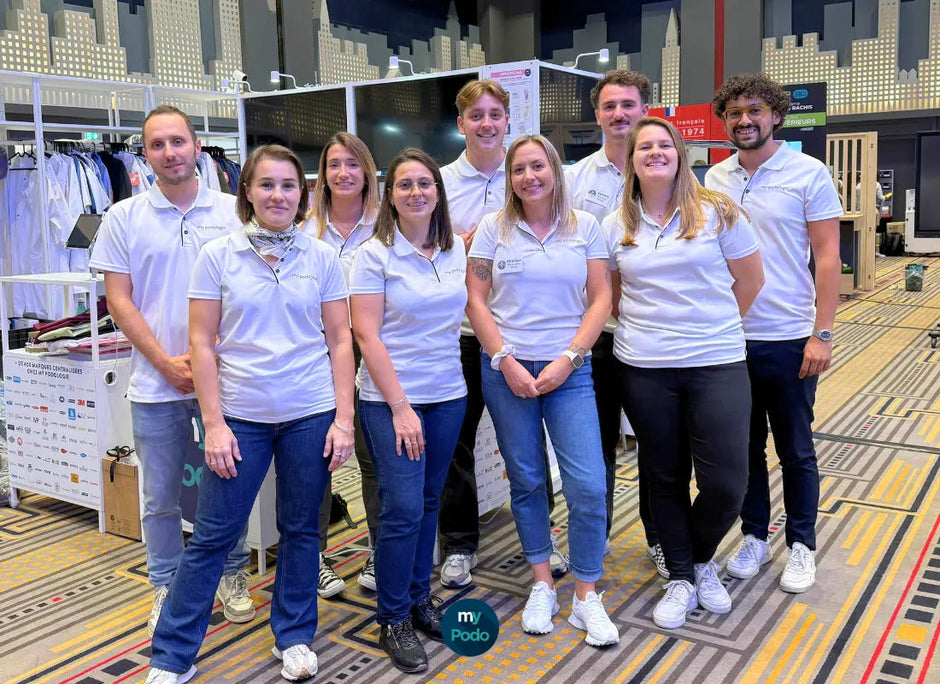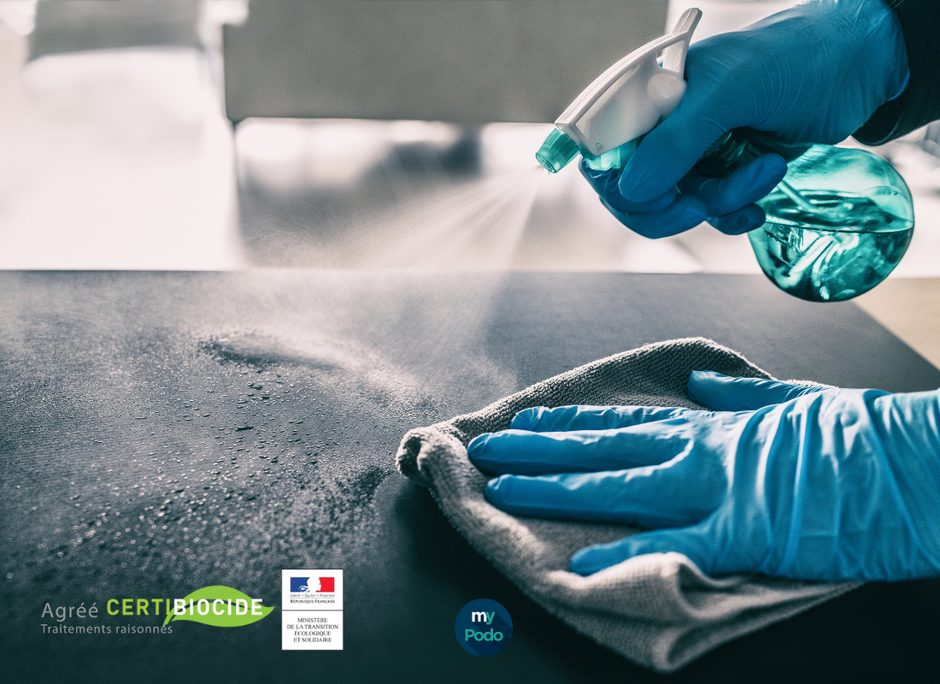Plantar warts are common foot conditions caused by the human papillomavirus (HPV). They can be painful and often require specialist intervention. In France, Social Security covers some treatments performed by chiropodists, thus offering patients effective management of these conditions.
Supported by Social Security
Amendment 5 to the national convention of chiropodists-podiatrists (2023) :
Amendment 5 signed in 2023 between the National Union of Health Insurance Funds (Uncam), the National Federation of Podiatrists (FNP), and the National Union of Supplementary Health Insurance Organizations (Unocam) allowed the integration of new procedures covered by health insurance. Among these procedures, the treatment and monitoring of plantar warts carried out by chiropodists-podiatrists are now reimbursed.
Support modalities
- Initial consultation : Social Security covers the treatment of plantar warts directly without requiring a specific initial consultation or prior agreement.
-
Plantar warts treatment sessions :
- Price of sessions: Plantar wart treatment sessions are valued at €19.97 per consultation, quoted at AMP 31.7.
- Coverage: Social Security covers these sessions up to 60% of the agreed rate.
- Number of sessions per year: A maximum of four sessions of treatment for plantar warts are generally reimbursed per year.
Possible treatment techniques
Treatment techniques for plantar warts can vary depending on the severity and nature of the wart. The main methods used by chiropodists include:
- Cryotherapy with CryoIQ : Using liquid nitrogen to freeze and destroy the wart. The CryoIQ is a specific device used to apply liquid nitrogen precisely.
- Laser : Using lasers to target and remove wart tissue.
-
Application of chemicals (Dr. Jouille’s Vercid) :
Vercid Treatment: Vercid, developed by Dr. Alain Jouille, is a product used to treat plantar warts. This treatment is applied directly to the wart to exfoliate the infected skin and destroy the wart tissue. Vercid is particularly effective on its own, thanks to its specific formulation that allows warts to be treated non-invasively and with minimal risk of recurrence.
The coverage of plantar warts by Social Security at the chiropodist-podiatrist allows patients to receive specialized care while benefiting from a partial reimbursement of the costs incurred. Thanks to recent legislative developments, this coverage is now better supervised and more accessible, thus offering an effective solution for the treatment of these common foot pathologies.
For more detailed information on reimbursement terms and available treatments, you can consult the Health Insurance website here .










3 comments
Votre article sur la prise en charge des verrues plantaires par la Sécurité Sociale est très éclairant ! En tant que coureuse et patiente ayant déjà été confrontée à ce problème, je sais à quel point ces verrues peuvent être douloureuses et gênantes au quotidien.
Après avoir consulté mon podologue pour un traitement adapté (cryothérapie et soins locaux), j’ai également intégré des compléments alimentaires naturels pour renforcer mon immunité et accélérer la guérison :
Le zinc, connu pour ses propriétés antivirales et son rôle dans la cicatrisation.
La vitamine C, essentielle pour stimuler les défenses immunitaires et favoriser la réparation des tissus.
L’extrait de pépins de pamplemousse, un antiviral naturel qui aide à combattre les infections.
Les probiotiques, je prends ce produit https://natetlab.com/ , pour équilibrer la flore intestinale et renforcer l’immunité globale.
Ces suppléments naturels, combinés aux soins podologiques et à une hygiène rigoureuse, m’ont permis de réduire la récidive des verrues et de retrouver un confort de marche plus rapidement.
Votre article rappelle l’importance d’une prise en charge adaptée et du remboursement par la Sécurité Sociale pour ces soins. Merci pour ces informations précieuses !
Un dermatologue enlevé t il une verrue plantaire .
Merci pour le renseignement
Ma mutuelle me dit que ce n est pas pris en charge, je fais quoi?